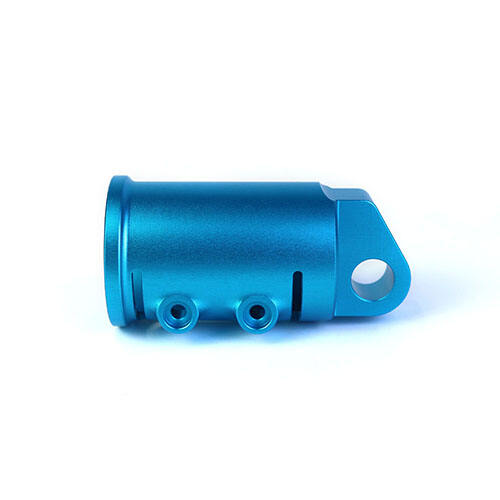Anodització vs Revestiment en Pols per a l'Alumini Arquitectònic
A mesura que les tendències arquitectòniques del 2025 es decanten cap a materials més sostenibles, duradors i visualment impactants, el debat entre l'anodització i la pintura en pols per a l'alumini arquitectònic torna a prendre força — i amb motiu.
Des de façanes d'edificis elevats fins a marcs de finestres minimalistes, l'alumini continua sent el metall preferit pels arquitectes. Però pel que fa al acabat superficial, tots dos processos anodització i pintura en pols ofereixen avantatges destacables.

Anodització: Durabilitat integrada i estètica metàl·lica
Anodització és un procés electroquímica que engreixa la capa d'òxid natural de l'alumini, creant un acabat que és literalment part del propi metall.
Principals Vantatges:
• Resistència excepcional a la corrosió i als raigs UV
• Aspecte metàl·lic amb un brillantor natural
• Acabat durador amb mínima necessitat de manteniment
• Ecològic, sense emissions de COV
Recobriment en pols: color il·limitat amb llibertat de disseny
A l'altre extrem de l'espectre, revestiment en polvere ofereix gairebé il·limitades opcions de color i textura. El procés implica aplicar una pols seca a la superfície d'alumini, que després es cura amb calor per formar una pel·lícula protectora.
Principals Vantatges:
• Opcions il·limitades de color i textura
• Excel·lent protecció contra la corrosió quan es pretracta correctament
• Recobriment més gruixut per una major resistència a l'impacte
• Ideal per a identitat corporativa o treballs de disseny personalitzats
Conclusió
Ja sigui que triïs l'oxidació anòdica o el recobriment en pols per a l'alumini arquitectònic, la preparació del material i la qualitat de l'aplicació són imprescindibles. Amb el procés adequat, ambdós acabats poden funcionar magníficament durant dècades.


